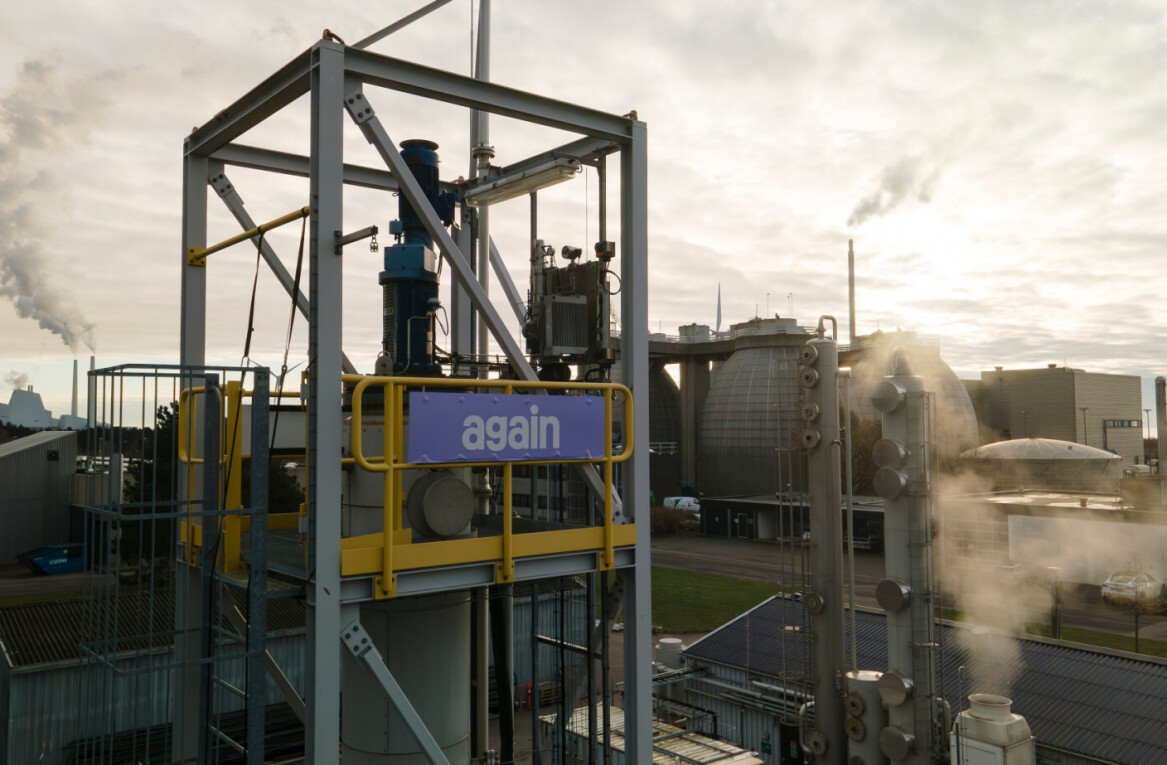
In 2012, I was working in some of the most remote areas of Pakistan, aiming to empower local farmers’ waste energy projects and advance sustainability in the region. I was traveling hundreds of kilometers to carry out face-to-face negotiations, racking my brain thinking about ways to guarantee transparency in an environment where cash payments weren’t just the norm, but often the only option.
Just a few years later, I found myself leading a software development process – something I knew little about at that time. With a mostly policy-focused background, I was now making decisions in spheres brimming with new technical concepts and distinct challenges in order to deliver a solution that would strengthen our business. Fast forward to today, and our company is thriving as we use software with unlimited potential, allowing us to promote climate-conscious energy solutions on a global scale.
How did a software initially built to give a competitive edge to our business eventually become a key part of our value proposition? This is how I founded a non-tech startup only to discover that technology was exactly what was needed to disrupt the whole industry.
We needed a powerful solution – but there was none available
There’s an entire industry within the renewable energy sector that’s focused on using waste as an energy source – be it agricultural, wood, or plastic waste. I was looking to support the continued development of projects in this sector by optimizing the procurement and supply chains.
Originally, I focused on developing countries, where the legal and regulatory structures can be difficult to navigate. There was often little infrastructure, both physically and in terms of processes, meaning that all our project assumptions and operations were based around economic concepts to keep everyone operating fairly. But it wasn’t enough: we needed a software system that could equalize prices, provide tracking, and connect all the dots together.
Over time, this idea became even more pressing. We were quickly getting new clients and equipment suppliers, but realized that we couldn’t get individual projects financed without a supply chain management tool in place to guarantee fair standards and transparency. We started scanning the market to look for an external solution, but there was simply none available.
It was becoming clear that were we to ever get the projects off the ground, we were going to have to build the tool ourselves. Innovation really has no limits. When you need a solution for your business, even if it’s not on the market, you shouldn’t restrict yourself or your imagination in any way. To really support an industry, and especially one that’s very niche, you need to take a big step.
The moment when technology reshaped our business proposition
Looking back at it now, the development process would have been admittedly quicker if I had a technical background. Learning how to translate very theoretical concepts and project functionalities into feature-rich software that could be implemented in diverse contexts was challenging. However, despite my lack of technical knowledge – or maybe because of it – I was able to see what an immense umbrella technology creates.
That is, when you build a system, you are advancing a formalization of conditions. For example, our initial focus was on developing countries; we stayed away from the US because we assumed it had a more sophisticated infrastructure. But we later saw that even developed markets were deploying outdated approaches. This was a big surprise for us: we assumed that a lot of the big actors had this figured out already, but it wasn’t the case. We didn’t think that the problems we were solving in rural areas of Pakistan could exist in the US as well.
Working towards a uniform solution that would encompass many different variables from different countries made our software stronger. With this lens, we saw that we could aspire to become the industry’s standard for supply chain management, not only in specific countries, but also globally.
We spent all our time and money to build a tech tool to gain a competitive advantage in building our own projects. But what we ended up realizing was much bigger – that there was already value in this tool itself, as opposed to only holding it as an in-house solution. At that point, it took us a while to stop seeing what we’d built as an internal tool and start seeing it as a product we could market to other companies.
If you’ve ever come up with a business idea and followed through with it, you must have realized that it can take on a different form than the one you first imagined. I decided to reshape our business proposition after taking note of the enormous potential the software had in the waste to energy equation.
Our tool could not only optimize the collection and transportation process, it could also process payments and create a whole new kind of marketplace for waste to energy fuels. From our roots as a very down-to-earth, small startup, we were suddenly turning into a tech company with the potential to scale and offer solutions globally.
The key lessons I still use today
Without substantial technological knowledge, I put faith in building a tech startup — and it was the best decision I could have made. Why? In the 21st century having some sort of tech involved in any industry is integral to raising money and differentiating value. We approached a very ad hoc industry and digitized it, bringing data into play and making the process more efficient.
Even if you’re not doing something that’s specifically dependent on technology, incorporating a software element can help you shift the perspective and find a new approach to a very prominent problem. There are still many industries awaiting this shift: companies that choose to be open-minded, come up with a clear vision, and deploy tech to execute it, will score big.
We started by focusing solely on social impact and wanting to multiply it. By reinforcing the startup with technology – undoubtedly the biggest differentiator out there – we found we could do more and make even more of an impact. To everyone looking to set off on a similar journey, I would say one thing: ideas should constantly be challenged and confronted with the needs of the market or the industry – because it just might take you on a path you never expected to follow.
Get the TNW newsletter
Get the most important tech news in your inbox each week.





